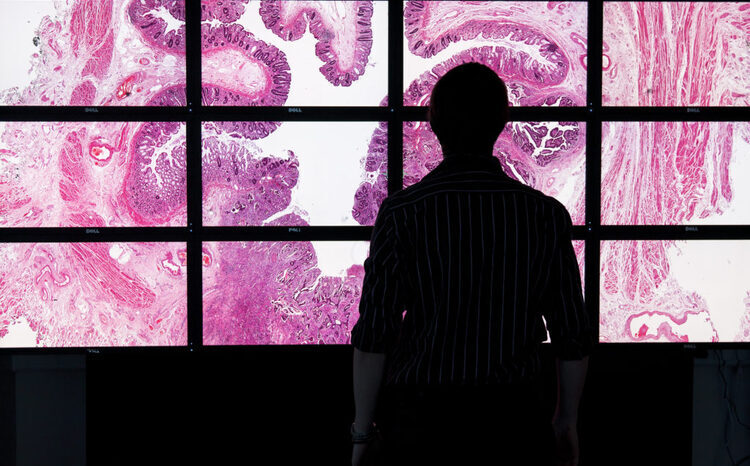Great Ormond Street gets single sign on
- 6 December 2006
Great Ormond Street Hospital (GOSH) is set to use a single sign on system that will not only cut the number of passwords clinicians need to access patient information, but also give them a converged view of data from different applications.
The system will be deployed initially at the hospital to enable access to a core set of applications, including those used for electronic prescribing, medication administration, medical imaging, pathology results and e-mail. Additional applications will be added into the system, supplied by Sentillion, later.
David Bowen, GOSH’s electronic patient record project manager, told E-Health Insider: “However many applications you have got open you always know you don’t have to worry that you are going to look at somebody else’s record.”
The search for a suitable solution for the internationally-renowned London children’s hospital dates back to 2002. Bowen explained that the hospital faced a choice between going for a heterogeneous model with applications drawn from different sources or a more homogenous HISS-type [hospital information support system] approach.
“GOSH is different from a DGH [district general hospital] type scenario as we are specialist and have lots of different specialties,” he said.
Systems not only have to support advanced, multidisciplinary care in a large range of clinical disciplines, but also address the paediatric aspect of GOSH’s work, meeting the special needs of sick children many of whom have multiple conditions.
The heterogeneous approach was the chosen route, Bowen said, but this created major issues of integration – and, of course, multiple sign-ons onto different systems. The Sentillion solution was found by GOSH last year.
Underlying the new Sentillion development work is the CCOW (Clinical Context Object Workgroup) standard – a technical standard which belongs to the HL7 organisation.
“The idea that underlies the CCOW model is that whatever application you happen to be in, if you change patient that change is propagated to all other open applications,” Bowen explained.
He said that for CCOW to work, some middleware is required but also, crucially, all applications need to be CCOW compliant. While the standard is quite widely used in United States, few UK systems are CCOW compliant.
Sentillion have developed a set of tools to allow users to make a non-CCOW compliant applications behave as if they are CCOW compliant, Bowen explained.
The company offered to do a ‘proof of concept’ for GOSH and clinicians and senior managers were able to see that it worked “with our own eyes,” Bowen explained.
By mid-2008 all major trust-wide clinical applications and major departmental systems are due to be covered by the system.
GOSH’s plan diverges significantly from the route mapped by the National Programme for IT for the NHS in England, but Bowen said that all along Connecting for Health had recognised the hospitals’ particular circumstances and been supportive of the approach taken.




